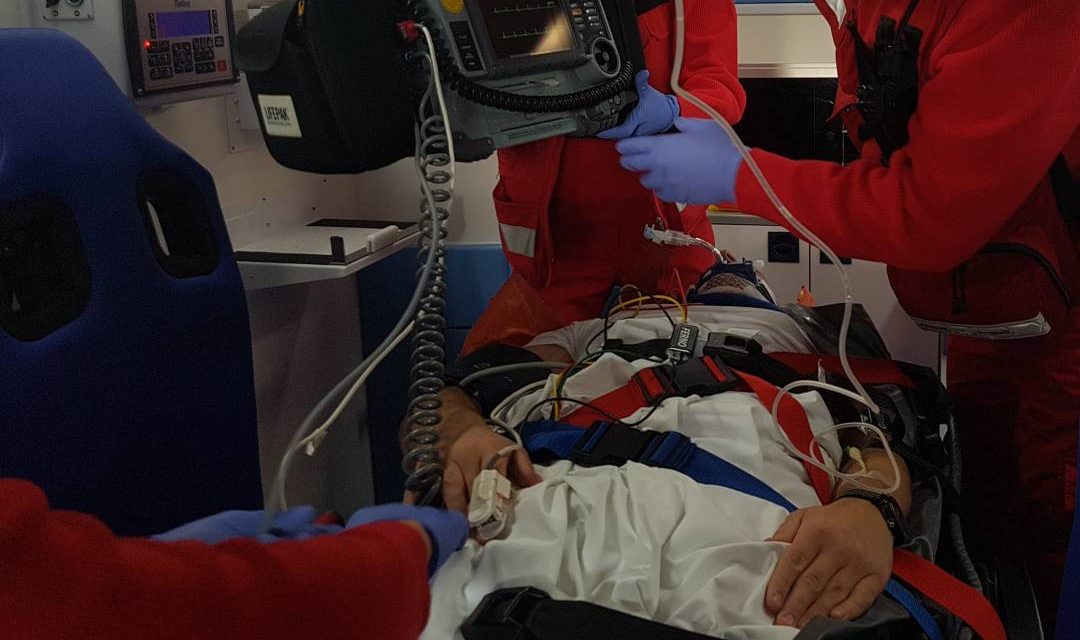For RSI, there are several assumptions that are characteristic of this technique, namely that the patient has a full stomach, must be able to secure an airway, and there is a greater chance that the patient will survive if this airway management technique is applied. The main task of the emergency medical team is to ensure and maintain the patency of the airways.
The doctor will examine the patient, take a complete medical history, including symptoms, allergies, medications taken, medical history, time of last meal and whether the patient remembers the events leading up to the incident (abbreviated as SAMPLE). This information is used to assess the patient’s condition and make a decision about the need for airway management.
SAMPLE’s medical history includes an assessment of:
S (symptoms) A (allergies) M (medicines the patient is taking) L (last meal) E (existing circumstances) When deciding whether to intubate a patient with respiratory failure, several questions should be asked and answered:
Can the patient maintain an open and unobstructed airway? Can the patient independently protect the airway? Is the patient sufficiently ventilated, and is the ventilation adequate? Is the patient sufficiently oxygenated? Could the patient’s condition deteriorate during transport and endanger his life? Is the environment safe for the patient and the emergency medical team? Can the environment become unsafe? Is it necessary to move the patient to a safer location or initiate transport? If transport time is less than 15 minutes to a medical facility, it may be better to ventilate the patient with a mask and self-expanding balloon connected to 100% oxygen if assisted ventilation is required. In general, if intervention is required in an urban environment with shorter transport times, other methods of airway management should be considered before arrival at a medical facility for definitive airway management.
When deciding on the use of anesthetic drugs to enable RSI in the field, several factors should be taken into account:
- Unprotected and unsafe airway
- Inability to maintain airway patency
- Hypoxia, hyperventilation, hyperventilation
- Thermal injuries of the respiratory tract, burns
- Impaired consciousness or deterioration of consciousness
- Multiple injuries requiring treatment (severe trauma)
- Neck penetration and airway injuries
- Unstable thoracic part
- Immediate serious disorders of the respiratory tract with the risk of respiratory arrest
- Patients with difficulty breathing who are not primarily in apnea (severe pneumonia, pulmonary edema, status epilepticus…)
- If, based on the examination, the patient’s condition and the assessment of the airways, there is an indication for intubation, the intubation procedure must be performed quickly and successfully.



0 Comments